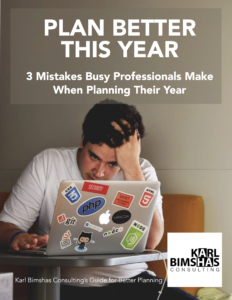While I was growing up, I often heard the popular refrain, “Expect the best and plan for the worst.” I attributed it to the weather. In New England, you might plan a nice picnic, but if you were smart, you also prepared a contingency for rain, or sometimes, just as likely, snow.
When I moved to the west coast, the sentiment began to fade into the California haze. How could you possibly imagine rain would have the audacity to show up and ruin an otherwise idyllic day? On the rare occasion, rain does come unexpectedly; you can see a wave of angst wash over the population of those who did not plan for the worst.
The adage is a touch flippant; along the lines of, “trust but verify.” It makes sense, even though the act of verifying trust pretty much dissolves the trust, at least for one side of a relationship. “Expect the best, plan for the worst,” can make an optimist cringe and a pessimist chuckle. That’s okay because it’s designed for the pragmatist.
We know that positive expectations more often than not produce positive results. While wishing alone does not make it so, keeping your standards high and working to achieve them, often does. Planning for the worst doesn’t make you negative; it makes you prepared.
Things very rarely unfold exactly as we plan. There are constantly other seen and unseen factors buffeting against our objective. Why this constantly surprises us is a regular source of amusement for me. Challenges are inevitable. When you plan for the worst, you increase your adaptability. You learn more about what antagonizes you and have ways to parry whatever life throws at you. That is what you want in a leader and should practice on yourself. Dream big, and imagine the means to combat setbacks, so you can make them a reality.
 Want to plan better this year? Check this out => leadwell.link/PlanBetter
Want to plan better this year? Check this out => leadwell.link/PlanBetter